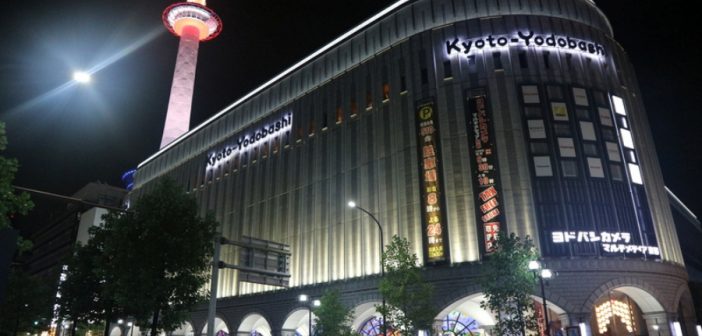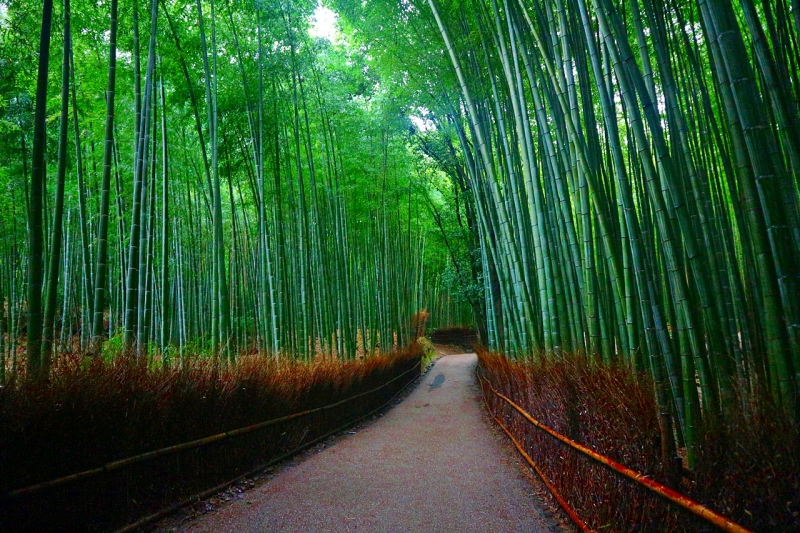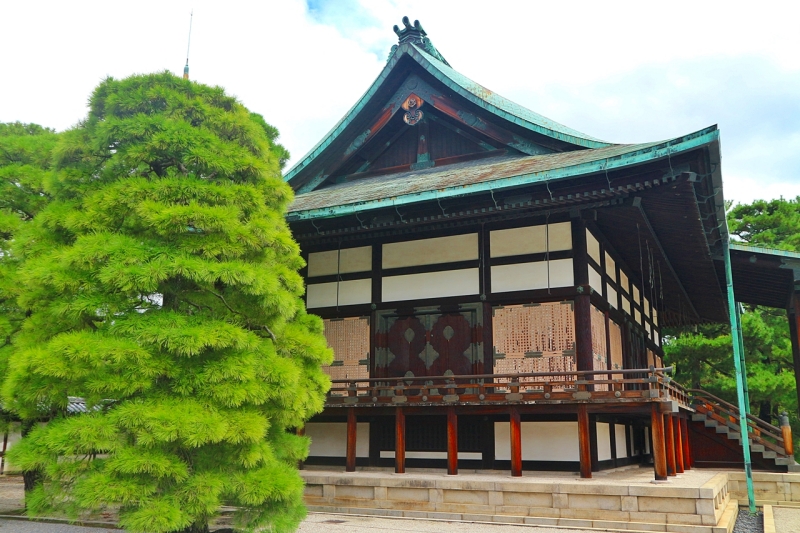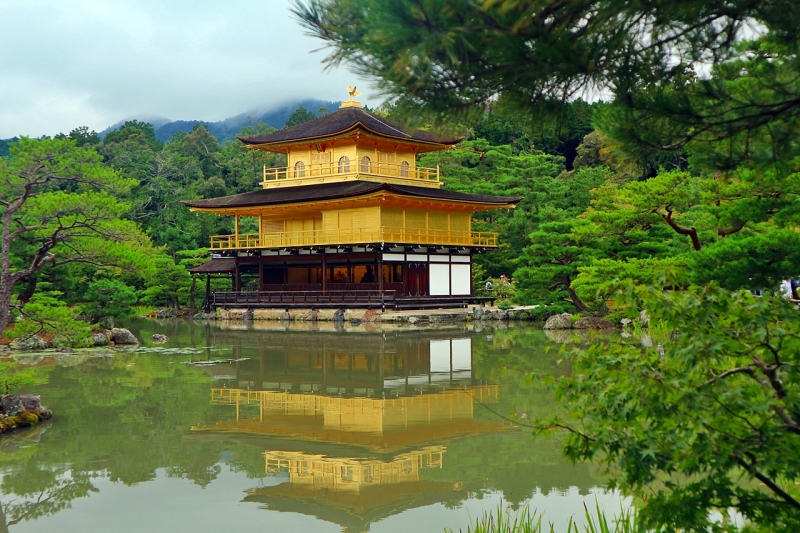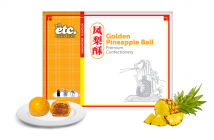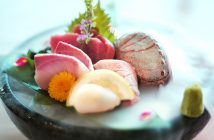Travelling to Kyoto is an unforgettable journey that will provide you with a window into Japan’s fascinating past and intriguing present.
You may visit the majority of Kyoto’s 17 World UNESCO Heritage Sites in just one or two days by taking advantage of the city’s efficient public transportation system. You’ll be able to learn from a wealth of information about Japan’s illustrious history, spanning back to the 10th century, just by simply exploring the Ancient Kyoto Monuments.
To get you started on your first day in Kyoto, we’ve compiled a list of sights that will help you appreciate and better comprehend the local culture.
Fushimi Inari-taisha
As you make your way to the Fushimi-Inari temple, you’ll be captivated by the sight of countless rows of vibrant orange Torii gates stretching into the distance. This temple holds great significance as it is revered as the foremost shrine dedicated to Inari, the Shinto deity associated with rice, foxes, and snakes. In the midst of a bustling crowd, capturing a perfectly timed photograph along a picturesque pathway will provide you with a beautiful travel memento.
Jishō-ji or the Silver Pavilion
Surrounded by a lushly maintained garden and towering trees, Jisho-ji is a UNESCO World Heritage site that will undoubtedly stimulate your inner Zen and allow you to appreciate the conservation of such historic landmarks surrounded by beautiful nature.
Tenryū-ji and the Bamboo Forest
Embark on a truly surreal walking experience as you make little strides towards the meandering bamboo forest trail that leads to the magnificent Tenryu-Ji Temple. The looming green bamboos transport you to another world, evoking the same atmosphere that existed during ancient Japan’s noble class of many centuries past, where the very ground served as their playground.
Nishiki Market

Get the freshest local produce at Nishiki Market. Photo © Katherine Goh
Nishiki Market, also known as “Kyoto’s Pantry,” is a great spot to get a taste of traditional Japanese cuisine. It is located in the centre of Kyoto and is open from 9am to 5pm every day. After spending the first half of the day seeing Kyoto’s heritage sites, refuelling with a delicious lunch here will give you the enthusiasm to continue discovering the city’s cultural treasures for the remainder of the day.
Kyoto Imperial Palace
From the early Heian period until the Meiji Restoration in 1869, Japan’s imperial family called Kyoto Imperial Palace home. Inside, you can see the lavish grounds and a fascinating collection of buildings and royal houses.
Rokuon-ji (Kinkakuji Temple) or the Golden Pavilion
After a few bus stops and train stations, you will be amazed by the grandeur of Rokuon-ji. It sparkles beautifully in the sunlight, complemented by the stunning landscape that surrounds it. The Pavilion, which has stood gracefully since the 14th century, creates a stunning reflection on the pond. This captivating image will definitely magnetise you into marvelling at it for an extended amount of time.
Geisha District of Gion
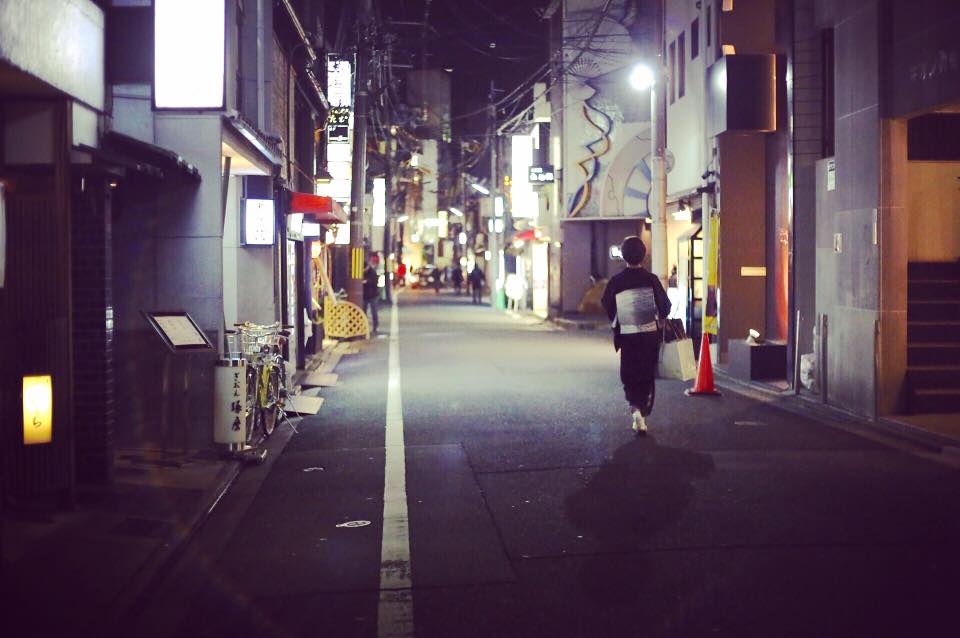
Photo © Katherine Goh
Complete your day by visiting the renowned Geisha district of Gion at night. Here, you will find ochaya teahouses, Japanese restaurants, cafes, and souvenir shops lining the picturesque narrow pathways and streets. Observe the Geisha apprentices as they pass by and discover the numerous captivating attractions in the district. These include a Kabuki theater, Chugen-ji temple, and Gion’s renowned street, Hanami-Koji, among many other fascinating sights.
If you allocate an additional day for touring Kyoto, you will have the opportunity to visit the remaining UNESCO World Heritage Sites in the city. These include Kamowakeikazuchi Shrine, Kamomioya Shrine, Kyōōgokoku-ji, Kiyomizu-dera, Nijo Castle, and more.
Getting Around
Get the day bus pass for just JPY 500. Taking the bus is a convenient way to visit the majority of Kyoto’s UNESCO World Heritage Sites. Another option, which is faster but slightly more expensive, is to purchase the day-long JR Train pass for approximately JPY 1,000 to 1,300. Bicycles are available for daily rental at prices ranging from JPY 1,000 to JPY 2,000. Please make sure to inquire about bicycle rental options at your hotel or nearby hostels, for lower rental fees. Another option for biking tours is the Kyoto Cycling Tour Project, which offers guided bike tours throughout the city.
Kyoto Budget Tips
In Kyoto, there are various options for affordable accommodations such as capsule hotels and hostels. These establishments offer beds at prices ranging from JPY 2,000 per bunk bed to JPY 3,800 for a private room.
Several of Kyoto’s top restaurants, including renowned kaiseki establishments, serve a lunch menu that is significantly more affordable compared to their dinner offerings. If you’re looking to save money, it’s generally more affordable to opt for local Japanese cuisine (which, what you must eat when in Japan) compared to foreign food options. Noodle dishes like udon, soba and ramen, as well as rice dishes like donburi (rice topped with various ingredients), are excellent options for filling up on a budget.
Temple Admission: Most UNESCO World Heritage Sites need a minimum donation of JPY 400–500. This money goes directly to the site’s preservation efforts.

